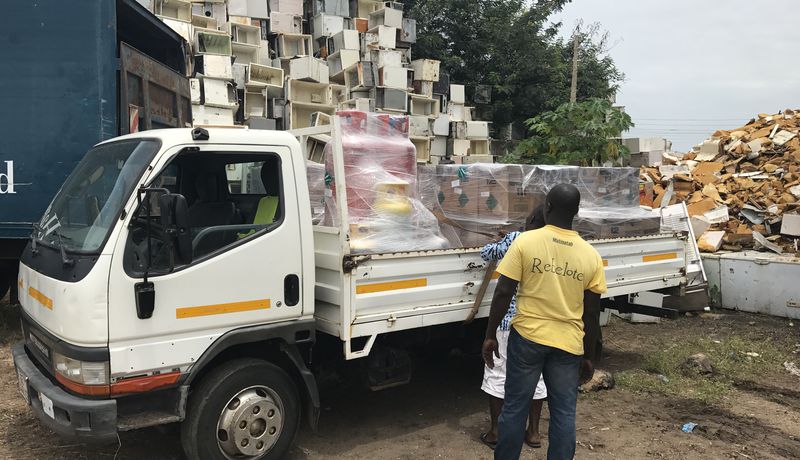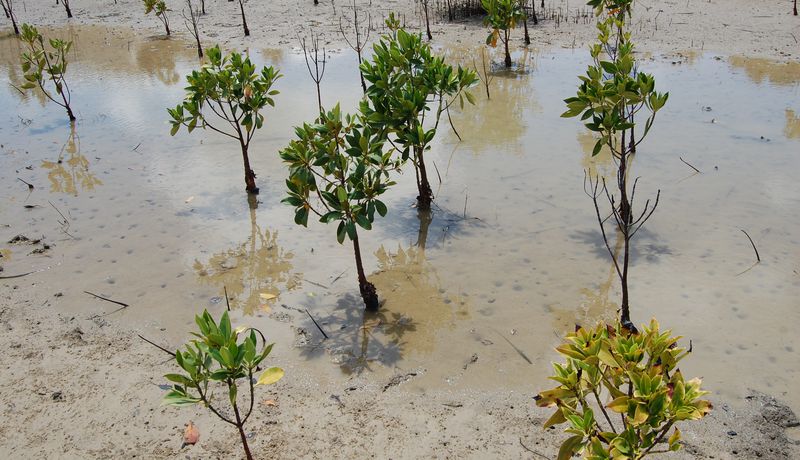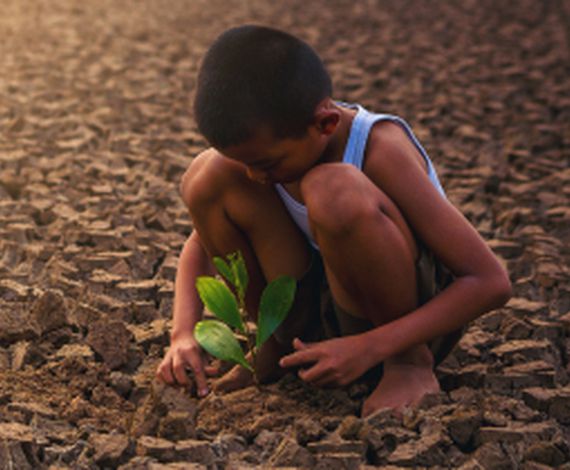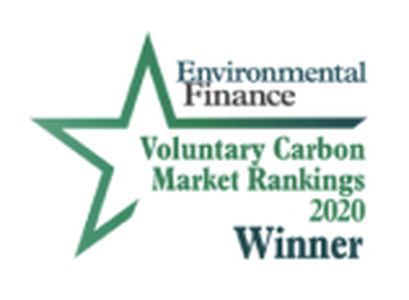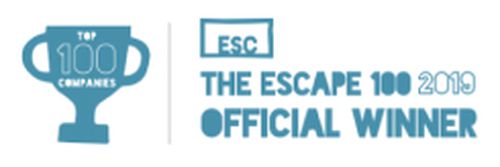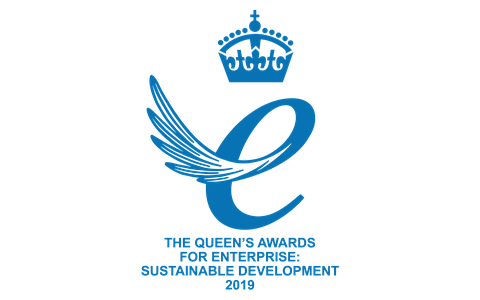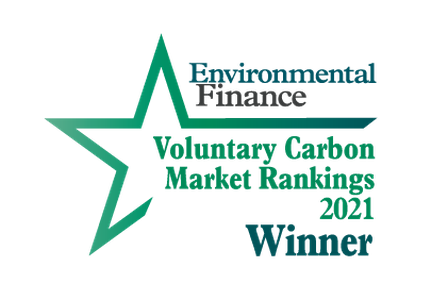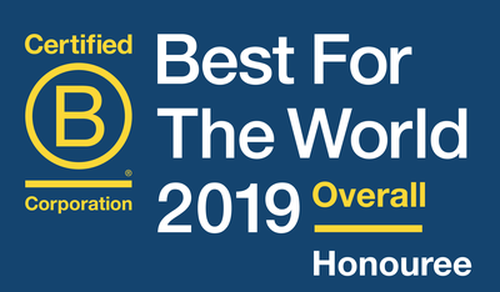Boldly pitched as "The Most Comprehensive Plan Ever Proposed To Reverse Global Warming", Drawdown backs up this claim by producing peer-reviewed evidence that shows we have the tools at our disposal to not only prevent further climate change but to reverse the changes we've already seen.
Drawdown, which was initiated by Amanda Joy Ravenhill and Paul Hawken, built a team of scientists to create a list of the 100 methods that have the greatest potential of removing or reducing greenhouse gases. For each method, 80 of which are already available, they published estimates of the volume of greenhouses gases that can be removed or reduced between 2020 and 2050, and how much that will cost upfront and the benefit in the short- and long-run.
When totalling up these findings Drawdown concludes that we can take out more than enough greenhouse gases from the atmosphere with current solutions to meet what the IPCC tells us we need. It also concludes that financial savings would occur in the long-run from delivering the solutions.
Many of the Drawdown solutions have been around for a long time, but Drawdown has added a solution-agnostic apples-with-apples comparison of climate solutions along with the grander vision that comes from collecting that analysis in one place for all to see. "We have to look at the entire board if we want to win this chess game," as Jon Foley, Executive Director of Drawdown, put it in his recent speech at GreenBiz.
Refrigerant management was highlighted by Jon as the number one Drawdown solution, having the greatest greenhouse gas reduction capacity. It refers to the careful use and ultimate destruction of the gases that are in every refrigerator and air conditioner. Jon talked about how Intuit, the financial software company, was supporting a grassroots programme in Ghana to do just that. As part of its carbon neutral programme, Intuit finances a project run by Tradewater, facilitated by Climate Impact Partners. The project finds and collects dispersed cans and cylinders of chlorofluorocarbons (CFCs), aggregate the gases, and – via a partnership with a US-based CFC destruction facility – disposes of the gases without releasing harmful gas into the atmosphere.
Eleventh on Drawdown's list is regenerative agriculture, which means to restore carbon to farmers’ soil, which can in turn improve productivity of the land thereby improving farmers’ incomes, food security and resilience. Working on behalf tea and coffee company, Bettys & Taylors of Harrogate, and with our project partner in Kenya, we have established a programme encouraging the tea farmers in the supply chain to plant native trees on their land, with the farmers receiving payments for surviving trees. Our project partner has been working closely with communities in Kenya for more than a decade to ensure that the programme benefits smallholders and suits their specific cultural, lifestyle and local environmental needs. By planting trees the farmers can diversify their income through produce such as fruit and nuts while also increase their land’s resilience against extreme weather events.
Not only does Drawdown examine a range of sectors (energy, food, land use, cities, materials, transport and education) with a consistent method, but it also compares "reduction" and "removal" by the same metrics: tonnes of carbon out of the atmosphere by 2050, cost and benefit. The refrigerant gas management is a "reduction" solution, with the project activity preventing further emissions against a well-researched baseline. Regenerative agriculture on the other hand is a "removal" solution, taking carbon that already exists in the atmosphere and burying it in trees and the soil. Both are important.
It is vital that we develop removal solutions because, as the IPCC highlighted in its recent report1, all 1.5˚C emissions pathways rely upon carbon removal to some extent. And clearly reduction solutions are also essential (eight out of Drawdown's top 10) because they start where people already are, and offer opportunities to change our existing behaviours and consumption habits, rather than start entirely new ones. All in all, the solutions-agnostic approach will enable us to focus on the most effective Drawdown solutions and maximise what emissions reductions we can deliver.
When it comes to the important question of how to deliver Drawdown, of course there are many ways to make these solutions happen. Intuit and Bettys & Taylors are voluntarily delivering Drawdown solutions as part of their carbon neutral programmes that are delivering key business objectives: customer and employee engagement and supply chain resilience. They are delivering the emissions reductions by purchasing carbon credits: a credit being a tonne of carbon saved, verified as a carbon credit by the sophisticated ecosystem of standards and industry bodies that has built up over the last 20 years. This system has delivered more than one gigatonne of CO2e emissions reductions through Drawdown solutions and mobilised $215bn to fund projects in over 100 countries2.
Drawdown's aim is to take the concept from reaching the millions it has already - with a stint as a New York Times Bestseller along the way - to billions. We help them on this journey by delivering Drawdown solutions to businesses through the sale of transactable units of carbon emissions reductions – carbon credits – from Drawdown projects. At GreenBiz, Jon said that the most limiting factor in solving climate change was people not knowing that we can actually do it – but we can. Now.
Contact us to find out about how we can help you deliver Drawdown today.
You can also visit Project Drawdown’s website.
- IPCC, Special Report: Global Warming of 1.5ºC, 2018 https://www.ipcc.ch/sr15/
- CDM Policy Dialogue, Report of the high-level panel on the CDM Policy Dialogue, 2012, page 4, http://www.cdmpolicydialogue.org/report/rpt110912.pdf
Dernières actualités

New test article 2023
A dummy article to test title issue.
Pour en savoir plus
FR Test News Article
Article test en français
Pour en savoir plus
Natural Capital Partners and ClimateCare become Climate Impact Partners
Natural Capital Partners and ClimateCare become Climate Impact Partners and sets goal of delivering 1 billion tonnes of emission reductions by 2030.
Pour en savoir plusLes toutes dernières Insights de
Climate Impact Partners

10 idées reçues à abandonner sur la compensation carbone
10 idées reçues à abandonner sur le net zéro et la compensation carbone.
Pour en savoir plus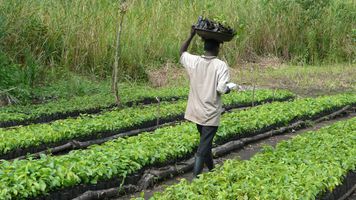
FR Test insight article
Testing all plug-ins in 2 column format for French
Pour en savoir plus
FR - Innovation test insight article
As carbon markets grow and innovate how can Web 3.0 be harnessed in a positive way to build scale and impact?
Pour en savoir plus

